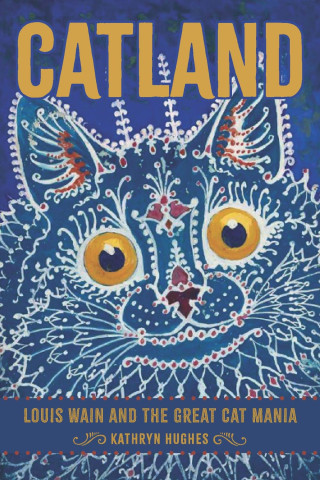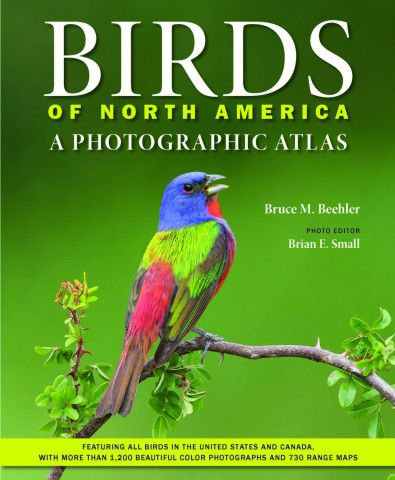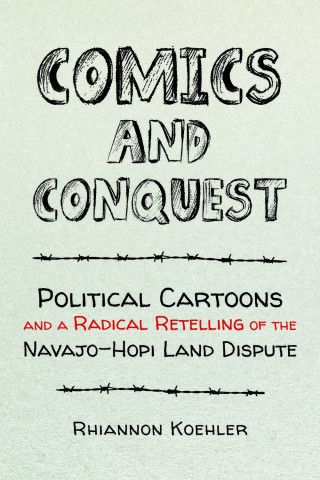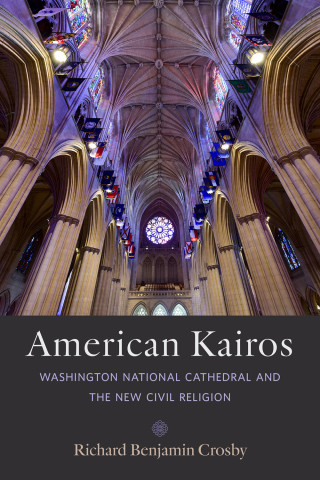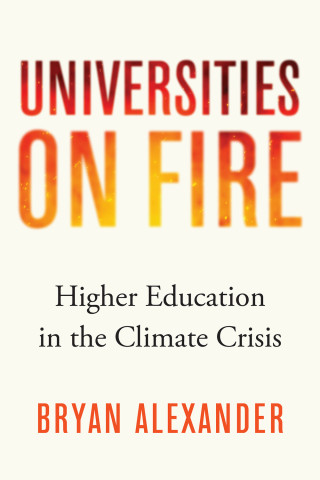
Reviews
This long overdue volume takes a nuanced look at familiar photographs and also serves to circulate widely for the first time many others, depicting all classes and strata of society.
Miller and Gillette selected more than 350 black and white photographs that reveal something of the lives of the people who inhabited the nation’s capital between the Guilded Age and the Great Society.
Upon its publication, this beguiling and compelling book becomes a classic... There are no famous names, no portraits of the powerful—unless by power you mean the kind of strength recorded here in the faces of ordinary men and women. These are pictures of lives and scenes stopped in time... The publication of such a book is a cause for rejoicing.
[A] textured and intriguing book... The photographs convey a sense of the persistent vigor of community life.
Book Details
Preface
Acknowledgments
Part I: Modern City, 1875–1900
Chapter 1. The New Urban Landscape
Chapter 2. Washingtonians
Part II: Government City, 1900–1932
Chapter 3. Working in a Company Town
Chapter 4. The
Preface
Acknowledgments
Part I: Modern City, 1875–1900
Chapter 1. The New Urban Landscape
Chapter 2. Washingtonians
Part II: Government City, 1900–1932
Chapter 3. Working in a Company Town
Chapter 4. The Remade Center
Chapter 5. A Web of Communities
Chapter 6. Divided Lives
Part III: Governing City, 1933–1945
Chapter 7. New Deal Capital
Chapter 8. A Bourgeois Town
Chapter 9. Homefront Headquaters
Part IV: Emergent Metropolis, 1945–1965
Chapter 10. The American Way of Life
Chapter 11. The Changing City
Chapter 12. The Region Reshaped
Epilogue
Notes on Sources
List of Photo Credits
Index
